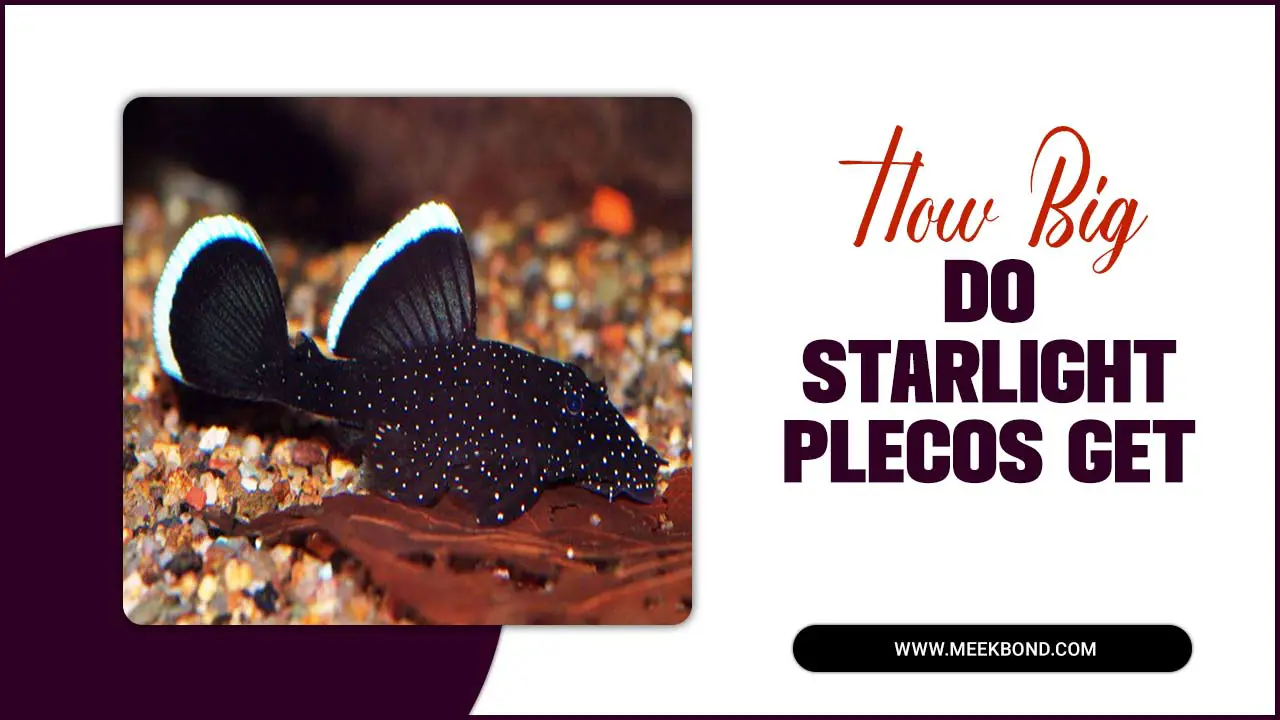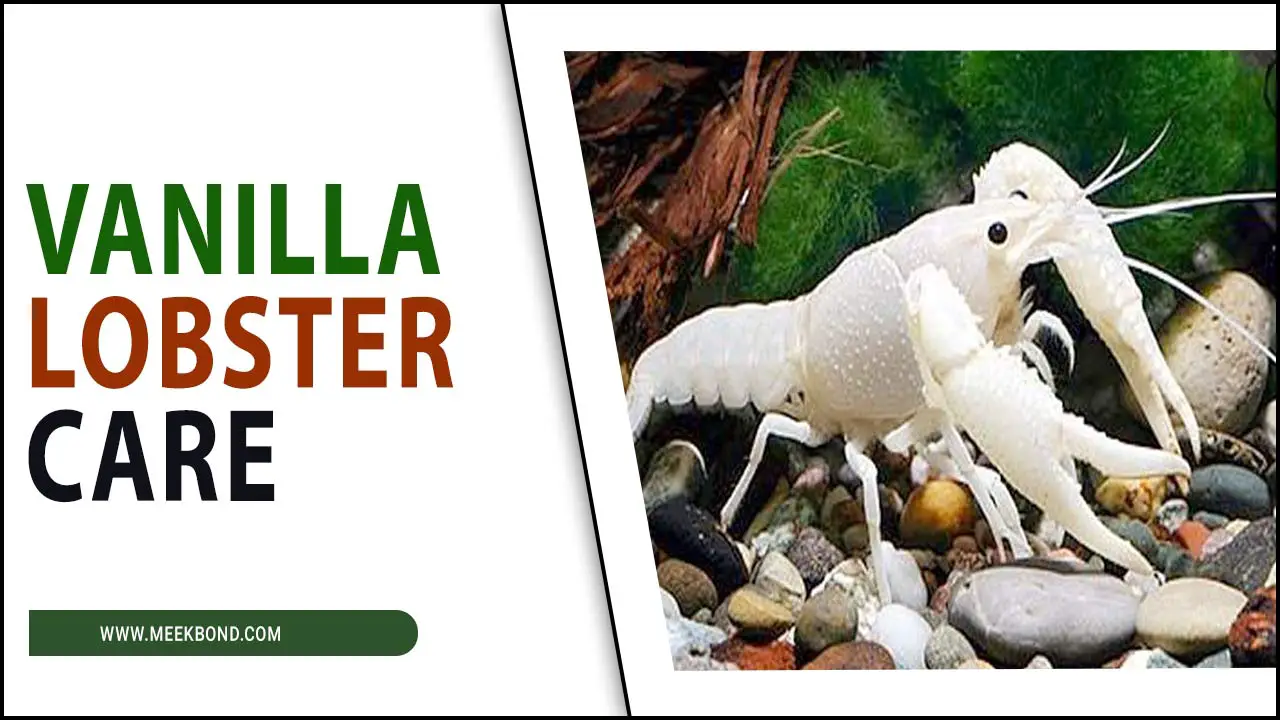Cerith snail eggs are white, jelly-like clusters that can be observed on solid surfaces in aquariums. These eggs will hatch into larvae and mature into adult Cerith snails.
They are an important part of a saltwater aquarium’s clean-up crew, as they help to consume detritus and other organic matter. Here we will explore everything there is to know about crieth-snail eggs. We will cover everything from their natural habitat, breeding habits, and egg production.
We’ll also discuss how to spot cerith- snail eggs in your aquarium and why it’s important to identify them. Whether you are a seasoned aquarium hobbyist or new to the game, mastering crieth-snail eggs is essential to maintaining a thriving aquarium ecosystem.
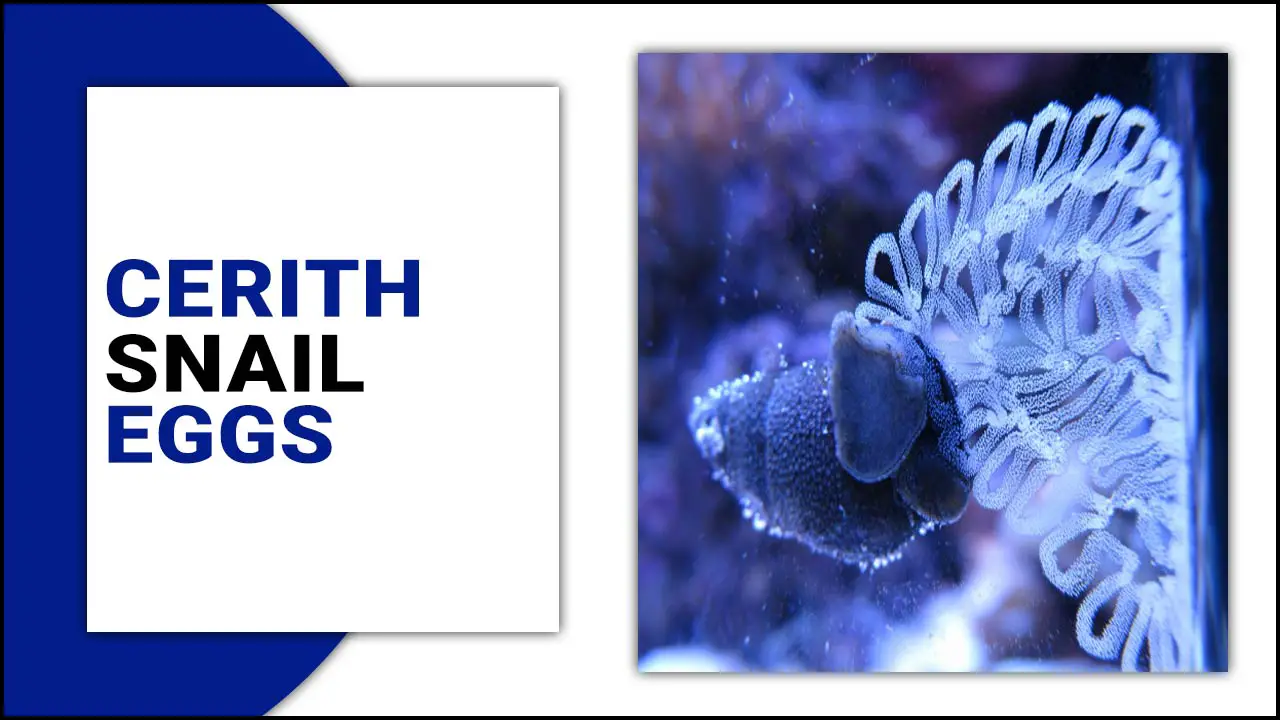
How To Identify Cerith Snail Eggs
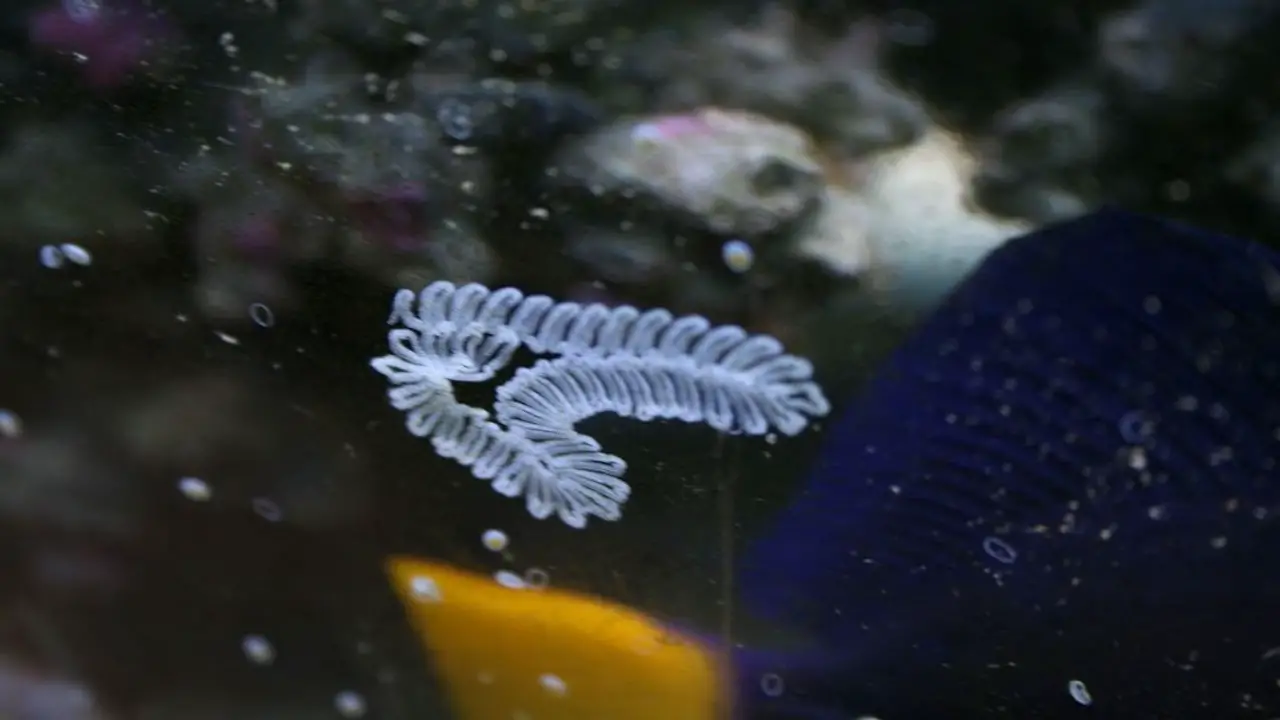
Cerith snail eggs, commonly found in aquariums, are small, gelatinous structures laid in clusters. These white eggs can be easily identified based on their appearance. Carefully inspect hard surfaces such as live rock, coral, or substrate to locate them. Understanding the hatching process is crucial.
After a couple of weeks, the eggs will hatch into larvae, eventually growing into adult Cerith snails. Caring for the eggs requires attention to water circulation, pH, and maintaining a healthy environment. Providing the eggs with adequate conditions is essential to ensure successful hatching.
Raising the hatchlings involves providing them with a suitable environment and ensuring they have access to food sources such as algae and plankton. Hobbyists can care for Cerith-snail eggs and raise healthy hatchlings by following these tips.
The Natural Habitat Of The Cerith Snail
Cerith snails are commonly found in freshwater and saltwater habitats, including intertidal zones, mangrove swamps, and seagrass beds. These snails play a crucial role in maintaining the health of aquariums by consuming algae and detritus. Crieth-snail eggs are usually laid on hard surfaces like rocks or shells in their natural habitats.
Identifying these snail eggs can be helpful for aquarium enthusiasts as it allows them to monitor the overall health of their tanks. By understanding the natural habitat and egg-laying patterns of crieth snails, hobbyists can create an environment conducive to their reproduction and ensure the continuous presence of these helpful invertebrates.
How Does The Environment Influence Cerith Snail’s Egg Laying?

Creating the perfect environment for Cerith snails is essential for their successful egg-laying. Stable water conditions are necessary; temperature, salinity and water quality can affect their behavior. It is important to ensure successful reproduction by providing them with an appropriate habitat with proper lighting and parameters.
Understanding their environmental preferences can help these snails thrive and maintain a healthy ecosystem in your aquarium or aquatic environment. Remember that consistently monitoring water parameters is crucial in ensuring optimal living conditions for these creatures.
The Reproductive Life Cycle Of Cerith Snails
Cerith snails exhibit a fascinating reproductive life cycle that begins with laying egg clusters in a spiral pattern on hard surfaces such as aquarium glass or rocks. Initially white, these eggs gradually become tan or brown as they mature.
A cluster can house hundreds of eggs, which take several weeks to hatch into tiny larvae. These larvae then go through a planktonic stage, floating in the water column, before eventually settling onto a substrate and developing into adult snails. For aquarists, identifying cerith-snail eggs is crucial for monitoring population growth and potential overpopulation.
Breeding Habits And Egg Production
Cerith snails are well-known for their prolific egg production, with the ability to lay hundreds of eggs at a time. These eggs are relatively small and can be either white or brown in color. Aquarists typically attach them to hard surfaces such as rocks or glass within the aquarium.
Identifying the eggs early on is crucial to prevent overpopulation in the tank. Once the eggs hatch, the larvae will require specific conditions to survive. Therefore, it is essential to provide proper care and closely monitor the eggs and the larvae to ensure successful breeding. By doing so, aquarists can maintain a healthy and balanced ecosystem within their aquariums.
Characteristics Of Cerith-Snail Eggs
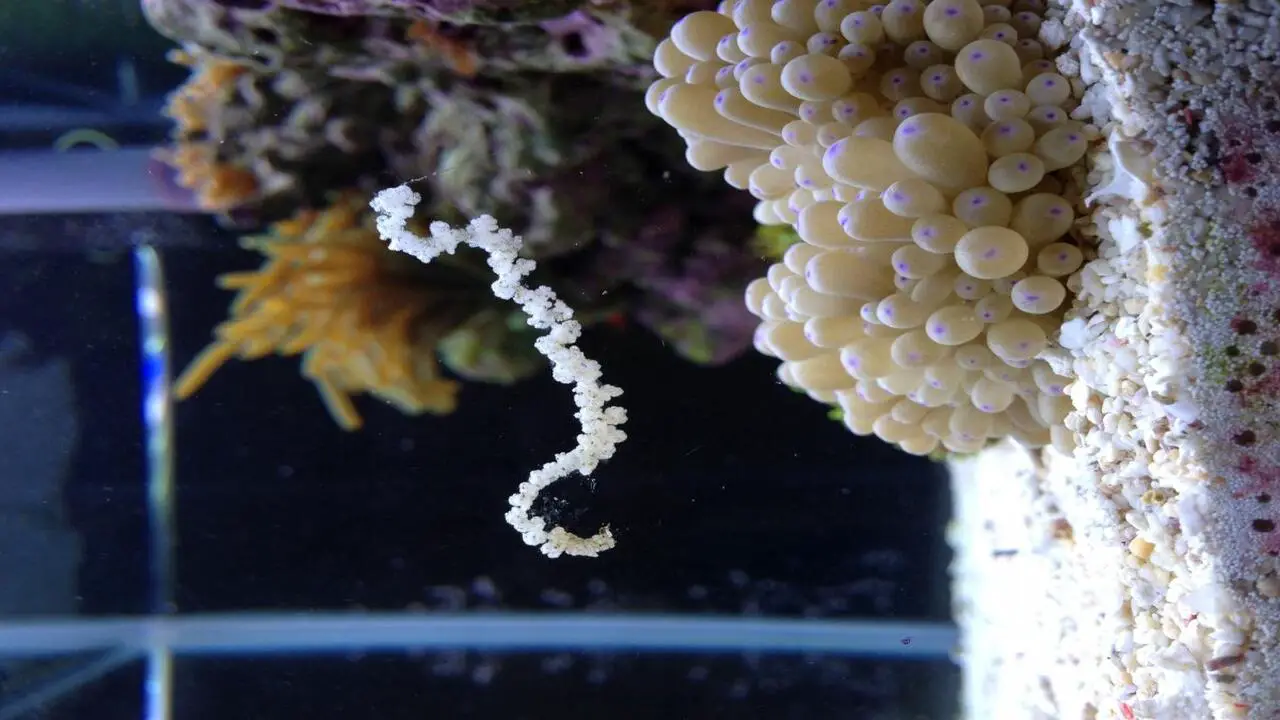
Cerith-snail eggs exhibit distinct characteristics that can help in their identification. These small, oval-shaped eggs are typically white and have a pointed end. Clusters of them attach to hard surfaces within aquariums. The cluster size can vary depending on the number of eggs the snail lays.
It is important to note that crieth-snail eggs take around two weeks to hatch into tiny snails. Identifying and removing these eggs can prevent overpopulation in your aquarium, ensuring a healthy and balanced environment. This proactive measure is crucial for maintaining the overall well-being of your aquatic ecosystem.
How To Spot Cerith Snail -Eggs In Your Aquarium?
Cerith snail -eggs can be easily identified in your aquarium by looking for small, white, cylindrical eggs on hard surfaces such as rocks, glass, or decorations. Removing visible eggs to prevent overpopulation is important, as they can hatch in as little as 1-2 weeks.
Monitoring their growth is also crucial to ensure the health and stability of your aquarium ecosystem. It is recommended to watch the number of snails in your tank and adjust their population accordingly to maintain a healthy balance.
Common Locations For Egg Deposition
Cerith snails have specific preferences when it comes to laying their eggs. You can find snail eggs on various hard surfaces such as rocks, shells, and even the glass of your aquarium. These snails also choose to deposit their eggs on live rock and macroalgae.
Watch for small white or beige capsules clustered together in rows or spirals when searching for crieth snail eggs. The size of the egg cluster can vary, typically ranging from around 10 to 50 eggs. To prevent the overpopulation of cerith snails in your aquarium, monitoring for and removing these egg clusters regularly is important.
Why Is It Important To Identify Cerith Snail -Eggs?
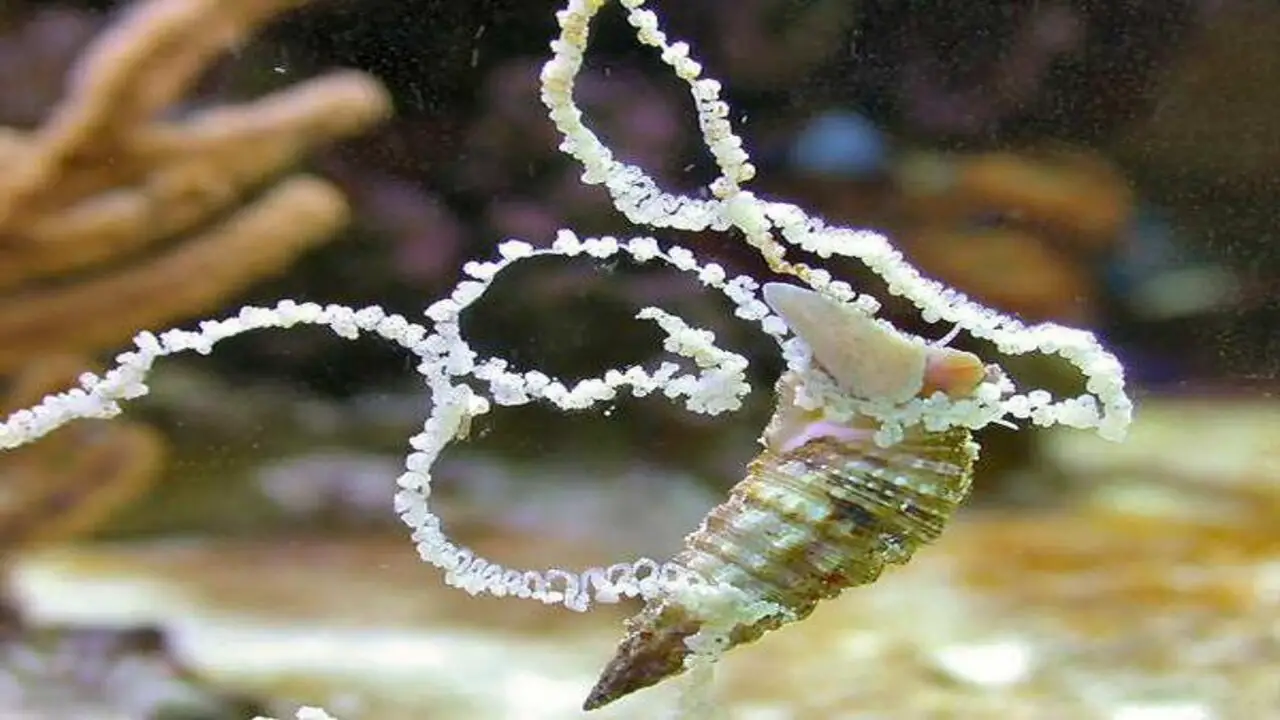
Cerith snails are a vital part of the marine environment and aquarium management. They play an important role in cleaning up algae and waste, but it is equally important to identify their eggs to monitor population growth effectively.
Overpopulation can lead to an imbalance in the ecosystem, harming other species. Therefore, maintaining a healthy balance is crucial for the overall well-being of the marine environment. Identifying Cerith snail -eggs is an essential step towards achieving this goal. Notably, these eggs are usually small and hard to spot, so regular monitoring is necessary for effective management.
Is A Large Number Of Cerith Snail-Eggs In My Aquarium A Concern?
There is no need to worry if you find many Cerith snail-eggs in your aquarium, as not all will hatch. However, if the number of eggs is excessive, it may indicate too many snails in your tank. Keeping an eye on the population and removing some snails, if necessary, can help maintain a healthy balance.
Additionally, it’s important to note that Cerith snails benefit aquariums as they help clean up algae and debris. These snails also aerate the substrate, which promotes healthy root growth for live plants in the tank. So, having a moderate amount of Cerith snails in your aquarium can be beneficial.
Conclusion
Identifying Cerith -snail eggs is crucial for maintaining a healthy and balanced aquarium ecosystem. These small, spiral-shaped eggs are often attached to various tank surfaces. The ability to recognize these eggs allows you to monitor the breeding habits of the Cerith snails and ensure their continued presence in your aquarium.
You can easily spot them in your aquarium by understanding the natural habitat, reproductive life cycle, and characteristics of Cerith snail eggs. Look for clusters of small, white, gelatinous orbs that are typically attached to rocks, glass, or plant leaves.
Identifying these eggs provides insight into your snails’ breeding behaviour and helps prevent overpopulation in your aquarium. Identifying Cerith snail- eggs is important for maintaining a healthy and balanced ecosystem in your tank, ensuring the well-being of the snails and other inhabitants.
Frequently Asked Questions
Will Cerith Snails Breed?
Cerith snails are popular to breed in aquariums, resulting in the appearance of their eggs on various surfaces. These eggs can be identified by looking for small, white, jelly-like blobs. Maintaining proper water conditions and providing a varied diet can encourage breeding in Cerith snails.
Do Cerith Snails Breed In Aquarium?
Yes, Cerith snails can reproduce in aquariums. They lay their eggs in clusters on hard surfaces like rocks or glass. The eggs are small and round, varying in color from white to brown. To support breeding and hatching, provide a suitable environment for the Cerith- snail eggs.
Are Cerith Snail Reefs Safe?
Cerith snails are generally considered reef safe. They are popular for their ability to consume detritus and algae in the aquarium. However, they may accidentally knock over small or fragile corals, so monitoring their behaviour is important to ensure they don’t harm your reef ecosystem.
What Do Cerith Snails Eat In An Aquarium?
Cerith snails are herbivores that feed on algae, detritus, and organic matter in an aquarium. To keep them healthy, provide a balanced diet, including seaweed, spirulina, and commercial pellets.
What Level Of Care Do Cerith Snails Need?
Cerith snails are low-maintenance and ideal for reef tanks. They thrive in the sand substrate with ample hiding spots. A moderate algae, detritus, and organic matter feeding routine is necessary. Maintaining good water quality is essential for their well-being.

Aquarium passion is all about connecting with the aquatic life and providing education to the public on the importance of these creatures. We showcase a wide variety of marine life through our exhibits as well as working with schools to provide unique learning opportunities for students of all ages.

